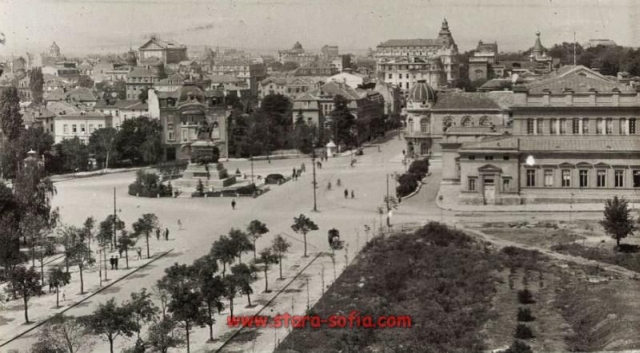History of the city of Sofia
- on 02.09.09
- Bulgarian properties articles
- No Comments
The city of Sofia is one of the oldest cities in Europe. ‘Sofia’ is in fact the city’s fifth name-after Serdica, Ulpia Serdica, Sredetz and Triaditza. There is data on Serdica’s existence 5,000 years ago, and the earliest written evidence for residents on the lands of Serdica date back to the middle of the first millennium bc.’ Serdica’ (the emphasis being on the first syllable) is the oldest-known name of the town; it originates from ‘Serdi’- one of the 22 Thracian tribes that formed the numerous Thracian people.

Located in the fertile Sofia valley, in the middle of the Balkan Peninsula, on the strategic crossroads between east and west, the town was an attractive centre for many tribes, nations, travellers and conquerors. This was why it repeatedly experienced periods of upheaval and decay, but always managed to revive anew from the ashes. Serdica reached its peak under Emperor Constantine the Great (306-337 ad).
In the 6th and 7th centuries Slavonic tribes started settling in the Balkans and on the Sofia plain. In 809 the Bulgarian Khan Krum besieged and took Serdica. Ever since then the town linked its fate with the Bulgarian state. In the late 9th century the town assumed the Slavonic name ‘Sredetz’, meaning’in the middle’ (of the Balkan Peninsula).
At the end of 14th century the town Sredetz assumed the name Sofia. This name was linked with the largest and most beautiful church of the time -St Sofia. During the Ottoman rule the town was the capital of the Rumelian region, encompassing almost all the territory of the Balkan Peninsula. The St Petka Samardjiiska Church (in the subway in front of TSUM by the Sheraton Hotel) and the St Spas (Ascension) Church (within the architectural ensemble of Bulbank headquarters) have been preserved from that period.
Sofia was proclaimed capital of Bulgaria after the Liberation from the Turks with a decree by the first Bulgarian prince Alexander Battenberg on 3 April 879. Within a decade the city’s outlook changed from an oriental outpost to being a European city. Today many streets, buildings, parks and even whole neighbourhoods preserve the architectural style of the turn of the 20th century.
Leave a Reply
You must be logged in to post a comment.